Capsicum baccatum is a species of chili peppers within the genus Capsicum. There are hundreds of different varieties within C. baccatum, ranging widely in size, shape, color, flavor, and heat.
In this article, I’ll share all about the Capsicum baccatum species and our personal experience growing many of the different pepper varieties it contains.
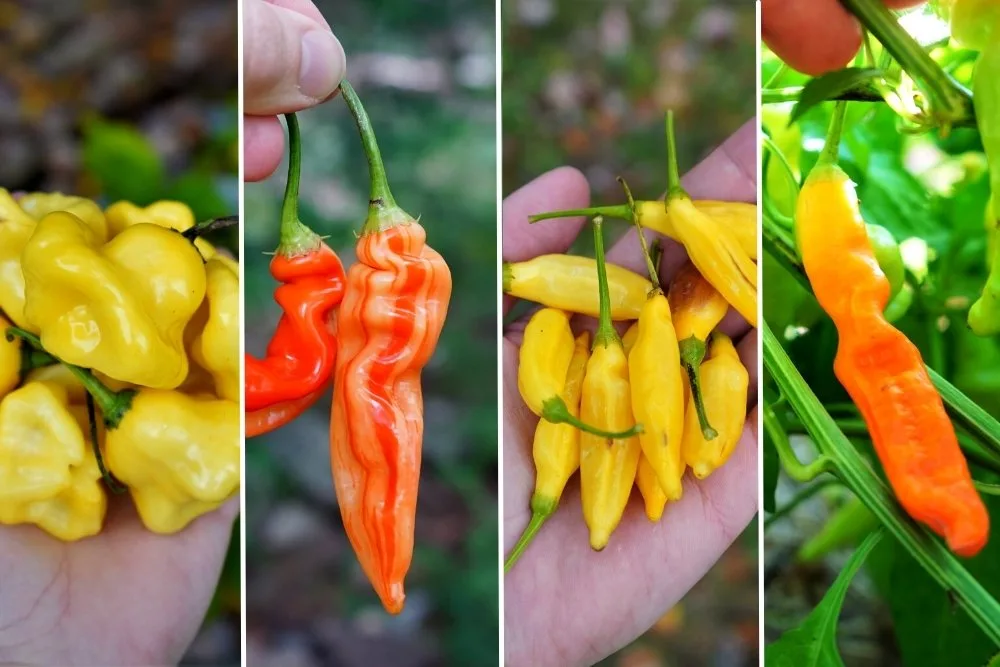
Capsicum Baccatum Origin
The C. baccatum species has origins in the Andes. There is evidence that the species was first domesticated at least 4,000 years ago by Arawak people inhabiting the Llanos de Mojos.
C. baccatum plants were grown for their fruits which were used as a spice. Over the millennia, selective breeding practices have led to a large number of popular ají varieties still grown today.
The Ají Peppers
The word ají translates to “chili pepper” from Spanish to English. Therefore, many of the C. baccatum varieties are preceded by the word ají (ex. ají amarillo).
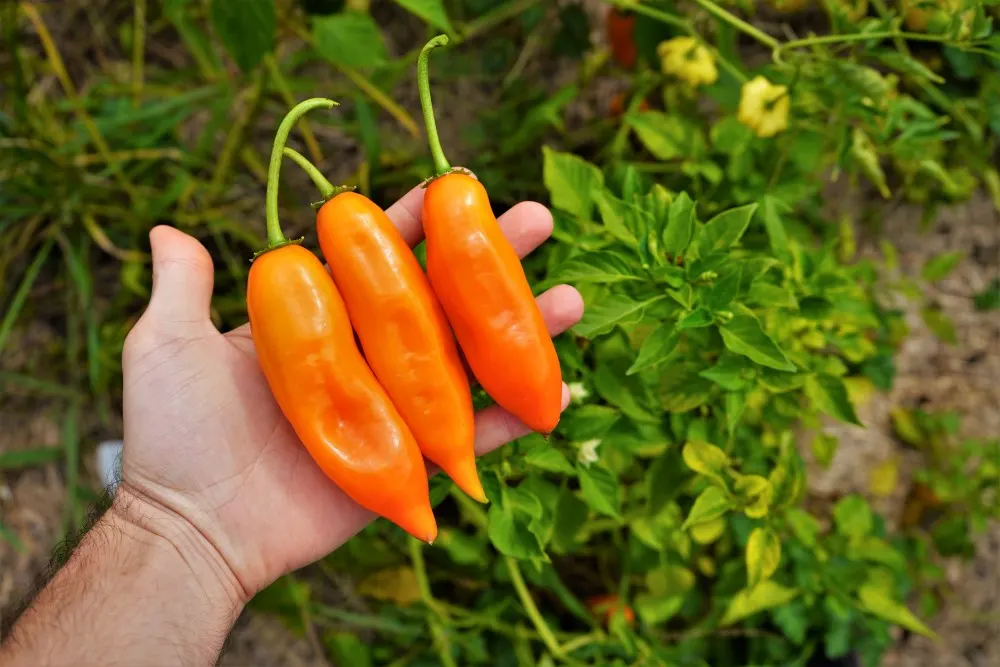
However, ají does not refer solely to C. baccatum pepper varieties. There are many C. chinense chili varieties that use the word, including the ají charapita and ají dulce, to name a couple.
Capsicum Baccatum Varieties
While the exact number of varieties is not known, it is likely in the thousands. With a large number of land varieties, selective cultivation, and modern plant breeders, the number of unique cultivars grows ever larger.
I have only personally grown a handful of C. baccatum pepper types, but have learned a lot about the plant characteristics and flavors as a result.
Here is a list of the varieties we have grown:
- Sugar rush peach. Elongated pods ripen from light green to a peachy color. Sweet, crunchy, spicy, and highly prolific.
- Sugar rush stripey. A modern mutation based on the original sugar rush variety. Peppers ripen from green to orange and red vertical stripes.
- Aji pineapple. Small yellow variety with somewhat floral flavor and high productivity. Smaller in size than some other Capsicum baccatum types.
- Aji amarillo. One of the post popular aji varieties, commonly used for aji amarillo paste or powder. Lower productivity, but much larger pods than many other C. baccatum plants.
- Brazilian starfish. Red and yellow varieties produce saucer shaped pods that resemble a starfish. Thick flesh and sweet bell-type flavor. Medium heat.
- Aji ahuachapan. Very long (5-6 inches) peppers that ripen to orange. Thin walls make for a delicious dried powder.
- Aji fantasy. Among the most productive plants we have grown, producing large, thick-walled pods shaped like church bells.
There are countless other varieties we have seen in the pepper growing community, and look forward to growing and tasting them. Here are a few in-depth articles about specific C. baccatum varieties.
C. Baccatum Pepper Types:
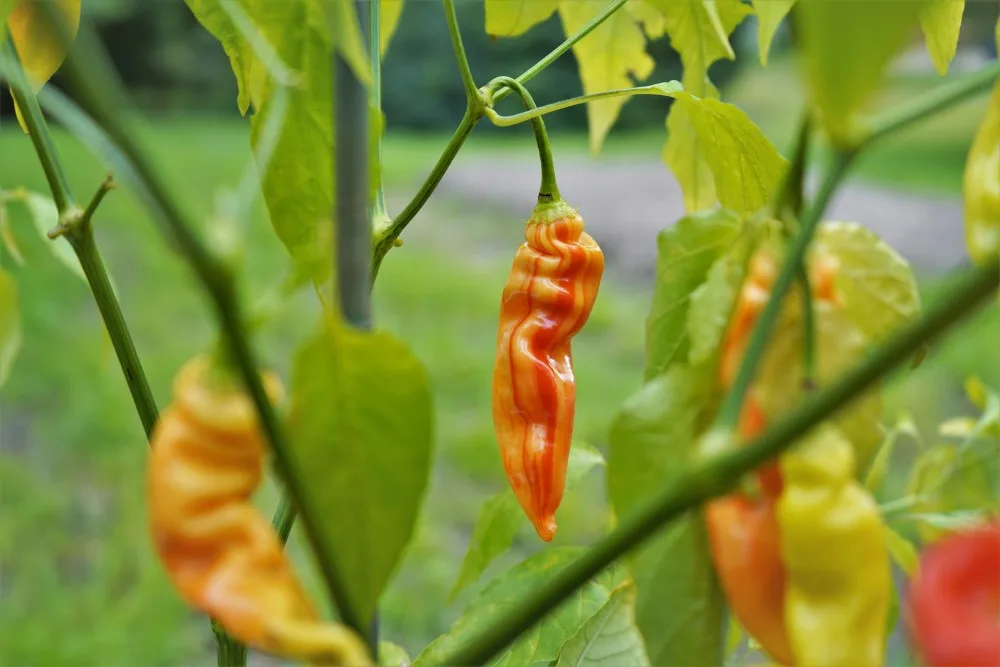
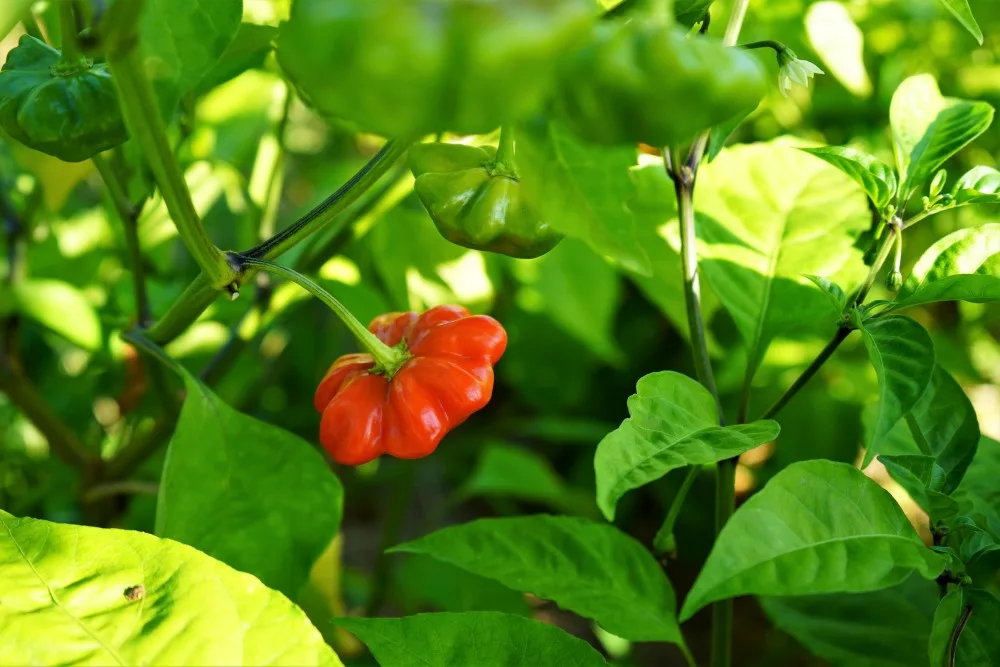
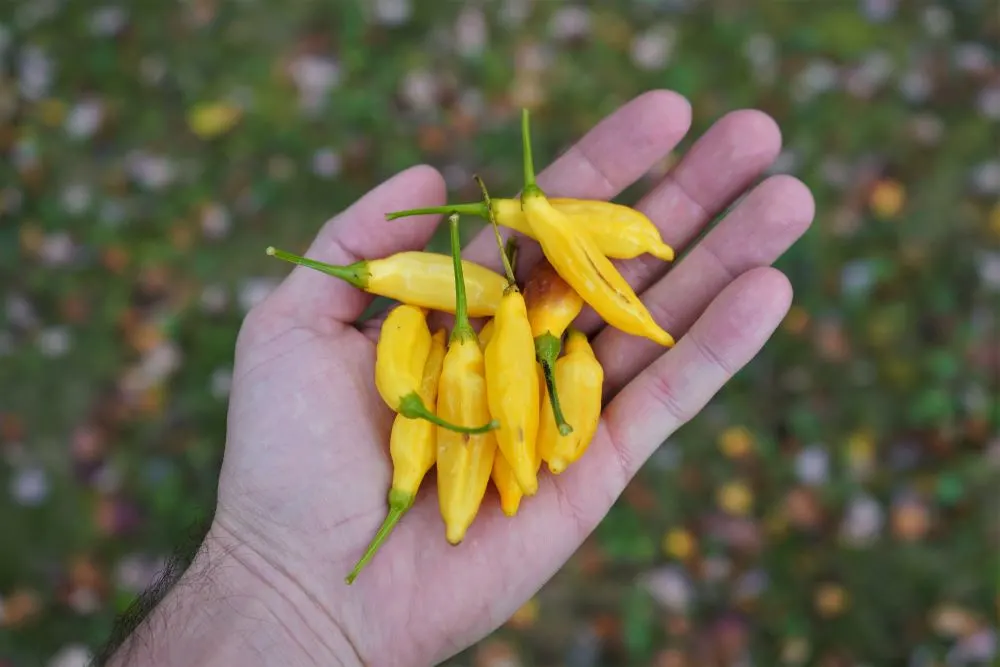
Capsicum Baccatum Plant Characteristics
When it comes to growing your own C. baccatum plants, it is not much different from growing other pepper types from seed. However, there are a few defining characteristics of these plants that set them apart.
Like all peppers, they are perennial in nature, living for many years. They require a longer growing season, so those living in winter climates will have to start indoors and overwinter plants if they want to keep them for multiple seasons.
Flowers
One of the easiest ways to distinguish a C. baccatum variety from other Capsicum species is to look at the flowers. Unlike annuum and chinense varieties, they will have large flowers with yellow or green spots on the corolla.
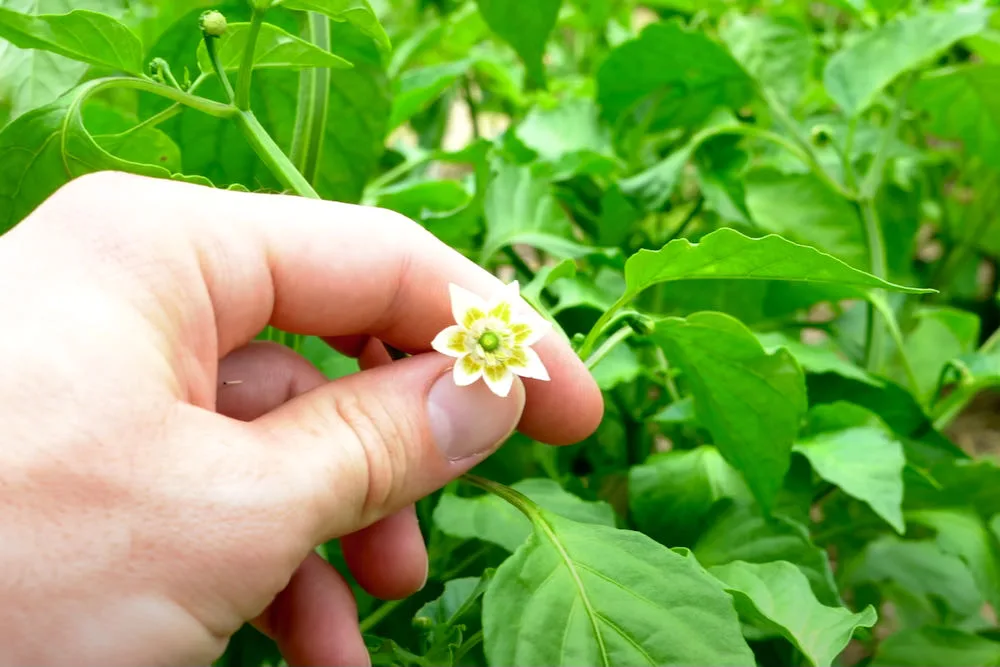
Like all pepper species, the plants are capable of self-pollination, though cross pollination occurs easily as well.
Size
Another common trait of most C. baccatum plants is their larger size. Plants tend to grow very tall in ideal conditions, with some plants easily exceeding 10 feet when staked.
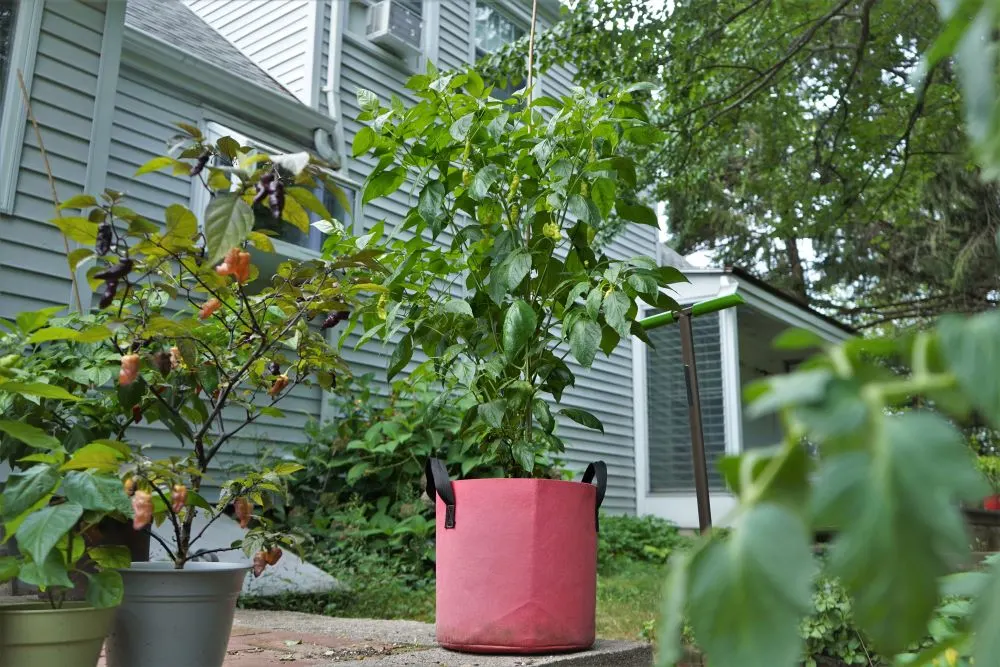
Compare this to some of the common C. annuum varieties (Thai chilies, etc.) that may only reach 2 feet in height.
Time to Ripening
C. baccatum plants tend to take longer to ripen than many others. It is not uncommon for fruits to begin ripening 120 days or more after transplanting.
The superhot varieties in the C. chinense species can take just as long, but in our experience, the baccatums are usually the last to fully ripen.
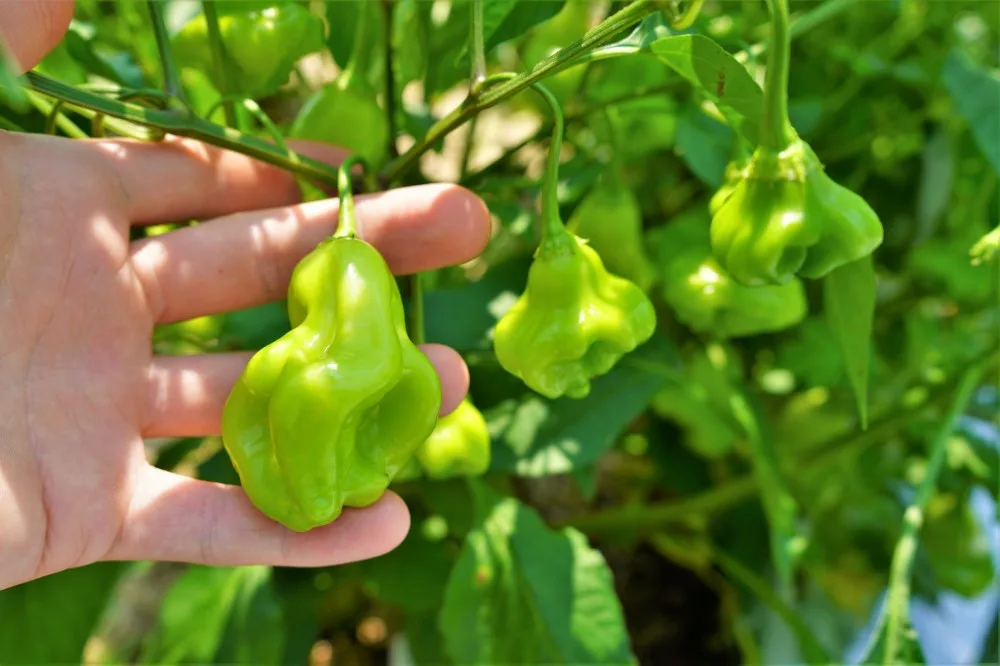
Productivity
In our experience, most C. baccatum plants have been highly productive. With enough time, light, and nutrients, it is safe to assume your C. baccatum plants will produce a good yield. However, there are variations in yield from one variety to another.
For example, the aji fantasy produced 50-60 large, heavy pods, making it one of the highest yielding pepper plants we have grown. On the other hand, the aji amarillo produced just a handful of ripe fruits, though they are very large.
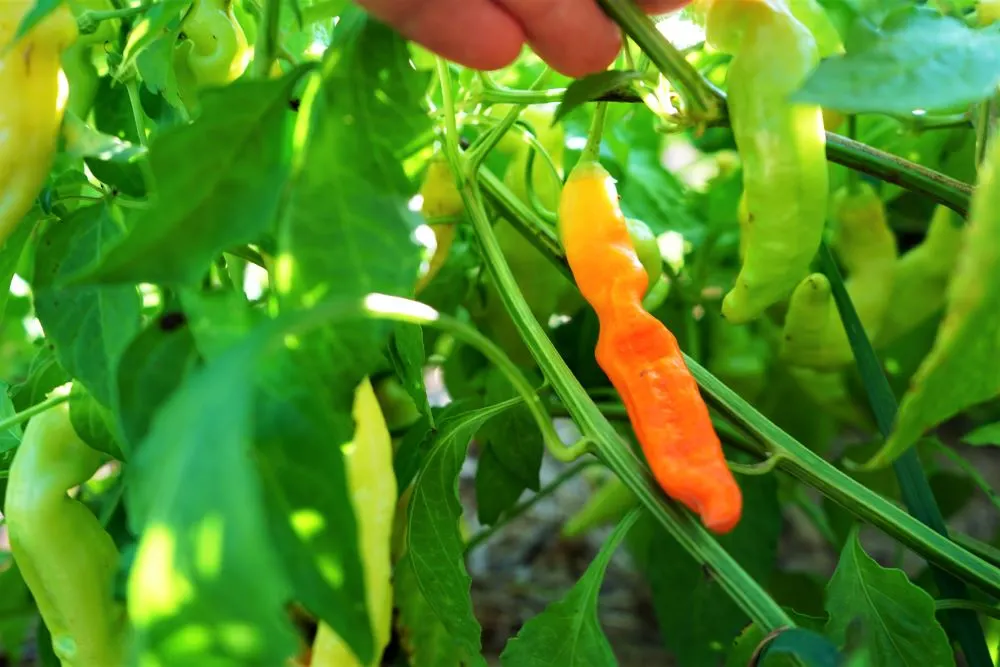
Disease Resistance
While this is not true of all C. baccatum varieties, many are resistant to disease. For this reason, the genetics of some cultivars have been used to improve C. annuum species, such as the sweet bell pepper.
Capsicum Baccatum Flavors and Uses
Most Capsicum baccatum species peppers are typically crunchy, sweet, vegetal, sometimes bitter, and have a medium heat level. While all of these factors can vary from one type to another, these seem to be the common traits.
For example, the sugar rush peach pepper has thick, crunchy walls and a heat level between 50,000-100,000 SHUs on the Scoville scale. The fruits are primarily sweet and fruity without any bitterness.
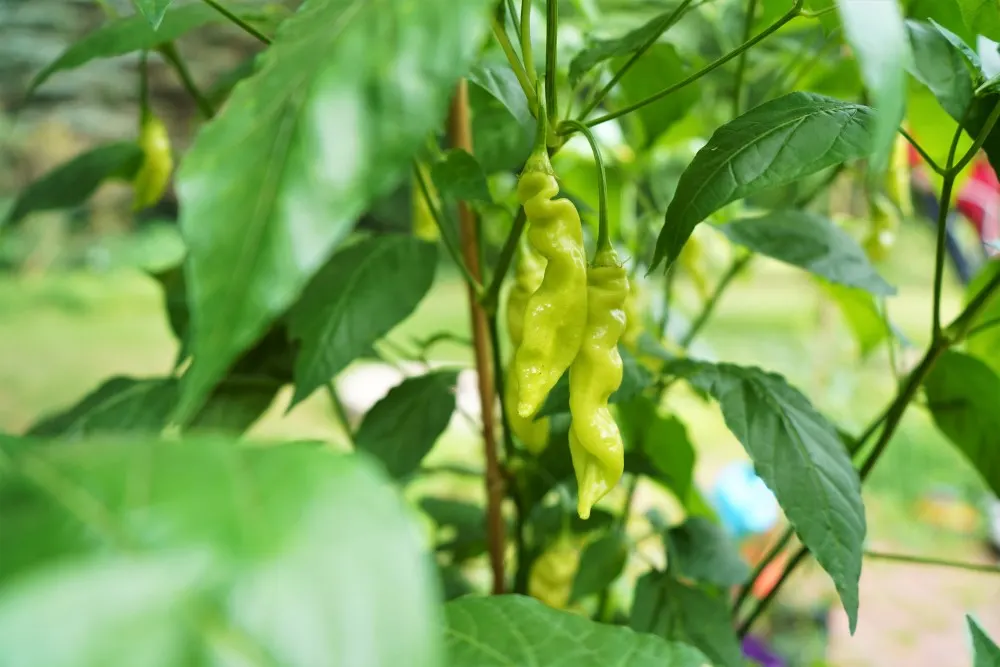
The Brazilian starfish has a wildly different fruit shape, but similarly thick and crunchy walls. The heat level is much lower, between 15,000-20,000 SHUs. The flavor is more reminiscent of a red bell pepper, with vegetal undertones.
Uses
In general, C. baccatum varieties are great used in dried powders, fruity sauces, pastes, and fermentation. However, some types are also delicious when quick-pickled.
One of the most common Peruvian seasonings comes in the form of chili paste. The most commonly used are ají amarillo or ají panca, and they are combined with salt and chicken broth.
Capsicum Baccatum Seeds & Growing
If you’d like to grow your own, there are many seed sellers offering C. baccatum varieties. We have ordered from several reputable suppliers, but a few actually seem to specialize in the species.
- White Hot Peppers – Though it is a smaller collection, WHP has a selection of C. baccatum seeds. They are US based, and in our experience you will get 1 or 2 free seed packets with your order.
- Fataliiseed.net – Jukka Fatalii has been growing chilies and selling seeds for a long time. There are always new varieties, and the site seems to have an emphasis on C. baccatum. He is based in Finland, and no longer offers US shipping.
- Semillas.de – Based out of the Canary Islands, Semillas la Palma offers a staggering variety of pepper seeds. They have a good collection of C. baccatum types to browse and buy. No longer offers US shipping.
If you still can’t find the pepper variety you are looking for, try browsing our other favorite places to buy pepper seeds online here.
Growing
When it comes to growing, C. baccatum varieties are similar to other common types like jalapenos or serrano peppers. However, they do require a longer growing season to produce ripe fruits, so bear that in mind.
Start C. baccatum seeds indoors a week or two before C. annuums, giving them a bit of a head start. I do the same for C. chinense plants that ripen later in the season.
Once seedlings outgrow their small pots, transplant up to a container of at least 3 gallons (14 liters), but ideally 5 gallons (19 liters) or larger for higher yields. If you are growing in a raised bed or garden bed, leave about 12-18 inches (30-46 cm) between C. baccatum plants.
Move plants outdoors about 1-2 weeks after the last frost, or when the night time temperatures are consistently above 55°F (13°C). Feed container plants with a consistent fertilizer, typically every 1 to 2 weeks.
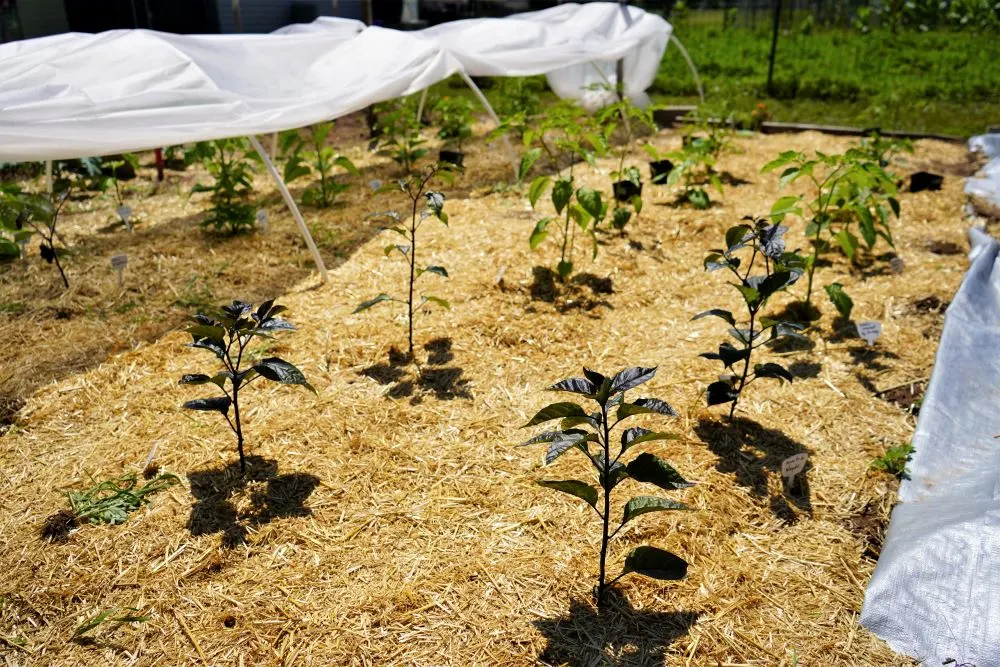
C. baccatum varieties benefit from staking, so use a long, sturdy piece of bamboo or a tomato cage to support the plants. They can grow very tall if given enough time, so be prepared to add more support throughout the season.
As flowers form, reduce nitrogen rich fertilizer and ensure the plants have plenty of phosphorus and potassium. This will encourage more flowers and better yields.
Unripe pods will quickly grow to a mature size, but may not change color for an additional month or longer. Be patient, as ripe peppers typically have a sweeter flavor. However, if the season is coming to an end, there is nothing wrong with eating unripe peppers.
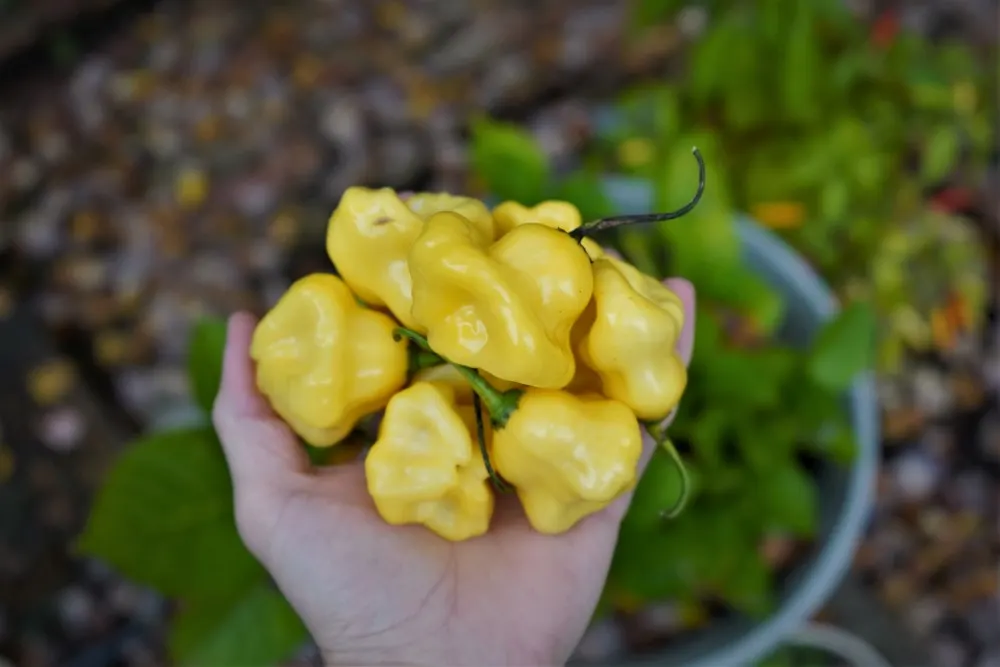
I hope this article has helped you learn something new, or has generated some interest in the Capsicum baccatum species. Some of the world’s most exotic and fascinating varieties come from it, so I hope you’ll be growing your own plants soon!


David Niemi
Sunday 3rd of December 2023
In 2023 c. baccatum peppers just went bonkers for me. Presumably something about the weather. Sugar Rush Red, Sugar Rush Stripey, and Sugar Drop Orange were highly productive the whole summer and fall. I also got a ton of Aji Delight and Aji Fantasy, which are heatless and also delicious. I tried out several other more heirloom varieties, of which my favorite was Aji Benito (which looks and tastes like it could be a Sugar Rush Red ancestor). I also tried Strawberry Drop, Lemon Drop, and Malawi Sundew (similar to Jasmyn Rissie) -- they all produced too, but not as impressive or useful in taste.
Bob Smith
Saturday 8th of January 2022
Hi, Do you know of any Chinese that have the splotches in the flower? I got some seeds from Cameroon 6 years ago. Have lost it now due to propagation failure. My first baccam and l learned about baccatum because of the flowers. Yesterday I learned they are known as OSE-NSUKKA. Everything I can find calls them c. Chinese???????? I am suspicious
Kellie Garrett
Sunday 5th of December 2021
The aji pineapple pepper looks exactly like the lemon drop pepper that I grow. Interesting.